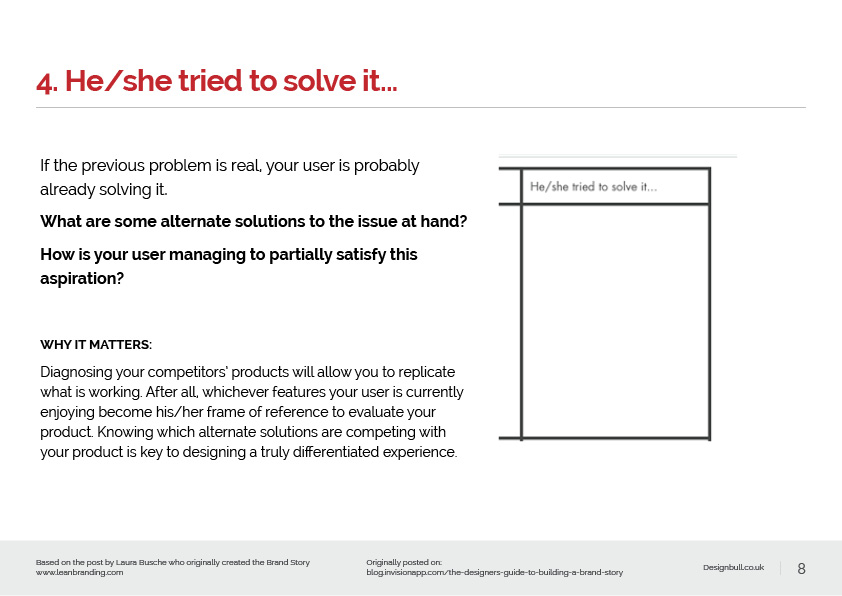Why do you pay for products or a service that you regularly come back to purchase?
Is it because it’s easier? Does it make you feel better – like a premium ice cream? Or make you do something quicker – or faster – like a productivity app on your smartphone?
We purchase products or services because they provide an answer to our aspirations. We may not realise it at first, but what we are doing is building that brand trust within our minds before we purchase…
“Is it worth it?”
“Will it make me feel good?”
“What will my friends/family think?”
These are all classic questions we ask ourselves in the buying process.
I recently purchased a few tubs of Ben and Jerry’s ice cream. I buy them often if they are available, as a treat for me and my family and we enjoy their ice-cream over other brands. I know what to expect – it’s consistent and makes me and my family happy.
My basic aspirations from this purchase were:
- Feeling less stressed, more relaxed
- Improved relationship with family
I also purchased an app directly – 7 Minute Workout – without trying the demo. Before I purchased it I went through a combination of researching and checking out the reviews and looking at the screenshots of how professional the design of the app looked. My aspirations on this purchase included:
- Optimised my time and resources
- Feel healthier/ grow as a human being
- Enact new role or position in life
These examples above show how a strong, clear brand helps convey the type of value a product or service adds to customers when they think of them.
It’s the same when we look at any service designers provide – such as creating a brand identity or providing building a user interface for an app. Similar questions and aspirations will come up, “Is it worth it?” “Will it make me look good?” “What will my partners/family/clients think?”
Laura Busche is the author of Lean Branding and she says:
“A brand is nothing more than the story that users recall when they think of you. Because this story is made up by every single touchpoint of our user’s experience, it is our job as designers to arrive at a clear picture of how each scene should unfold.”
Storytelling doesn’t come naturally for many designers so she created a simple tool. It’s called the Brand Storyboard.
It helps build a persona of the target customer for a product or service and it’s laid out as a story with eight sections in a table:
- Once upon a time…
- He/she always…
- But always had a problem…
- He/she tried to solve it…
- But he/she wished that…
- Until one day…
- Unlike his/her solution, this…
- His/her wish came true: to…”
Based on Laura Busche’s I put together a simple design breaking down each stage below so you can understand how it flows.
You can read Laura’s full article over on the InVision blog











